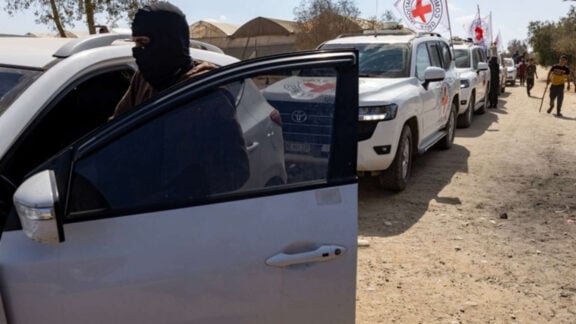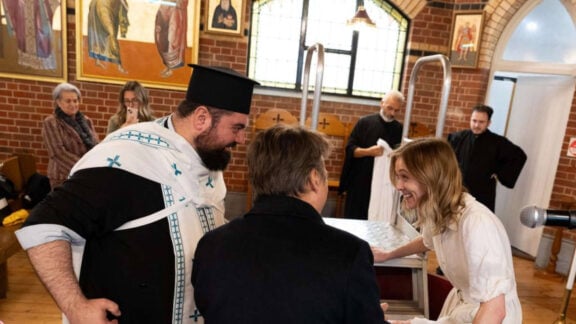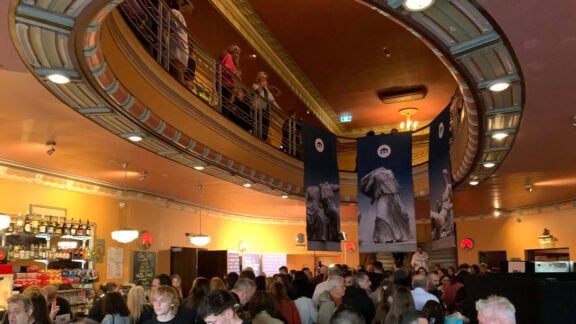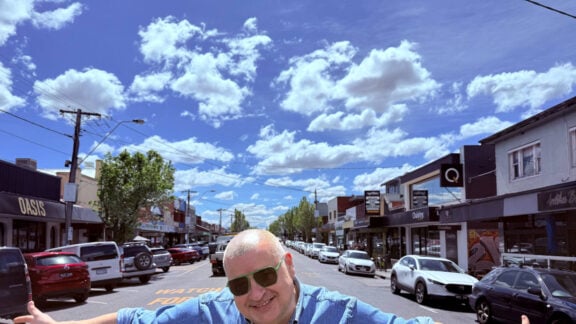This year’s commemorative events in Melbourne in memory of those lost during the Genocide of the Greeks of Pontus were held at the Greek-Australian Memorial, Birdwood Avenue, in Melbourne on Sunday 21 May, with a wreath-laying ceremony.
The Pontian associations, organising the events, along with the broader Hellenic community, expressed their unwavering commitment to honour the past, preserve the memory, and continue the tireless endeavour for international recognition of the genocide inflicted Greeks.

Commemorating history
Located in the northern regions of Asia Minor following the dissolution of the Byzantine Empire, a distinct segment of Hellenism thrived in the land of Pontus. Despite living in isolation from the Greek mainland, the fall of Trebizond to the Ottomans in 1461 did not diminish their Greek identity or dampen their spirit. Though a minority comprising 40 per cent of the population, they swiftly assumed control over the region’s economic landscape, primarily concentrated in urban centres.

A rich heritage
Their economic prosperity paralleled their demographic and cultural ascent. In 1865, the Pontian Greeks numbered 265,000, a figure that grew to 330,000 by 1865, and reached 700,000 at the dawn of the 20th century. The educational landscape flourished with 100 schools in Pontus in 1860, expanding to an estimated 1,401 by 1919, including the renowned Trabzon school. The Pontians fostered intellectual growth through the establishment of printing presses, magazines, newspapers, clubs, and theatres, solidifying their elevated level of intellect.

The horrors unleashed
Following the Armenian Genocide of 1916, Turkish nationalists led by Mustafa Kemal seized the opportunity to carry out a genocidal campaign against the Greeks. What the Ottoman Sultan had failed to achieve in five centuries, Kemal accomplished in a mere five years.
In 1919, the Greeks, alongside the Armenians and with temporary support from the Venizelos government, endeavoured to create an autonomous Greek-Armenian state. However, the Turks capitalized on the situation, obstructing this plan and launching the appalling “final solution.”
On May 19, 1919, Mustafa Kemal landed in Samsun, heralding the beginning of the second and more vicious phase of the Pontian Genocide, guided by his German and Soviet advisors. By the time of the Asia Minor Catastrophe in 1922, the death toll of Pontian Greeks exceeded 200,000, with some historians estimating the number to be as high as 350,000.

Minister Steve Dimopoulos laying a wreath. Photo: Con Deves

Pontian Associations members honour the past. Photo: Con Deves

President of the Greek Community of Melbourne Bill Papastergiadis pays his respects. Photo: Con Deves

Greek Military officials at the Greek Australian Memorial. Photo: Con Deves
Survivors of the Turkish onslaught sought refuge in Southern Russia, while approximately 400,000 individuals found solace in Greece. Their knowledge, skills, and toil greatly contributed to the recovery of the Greek state, which was in a state of distress at the time, and precipitated a transformative shift in the demographic composition of Northern Greece.










